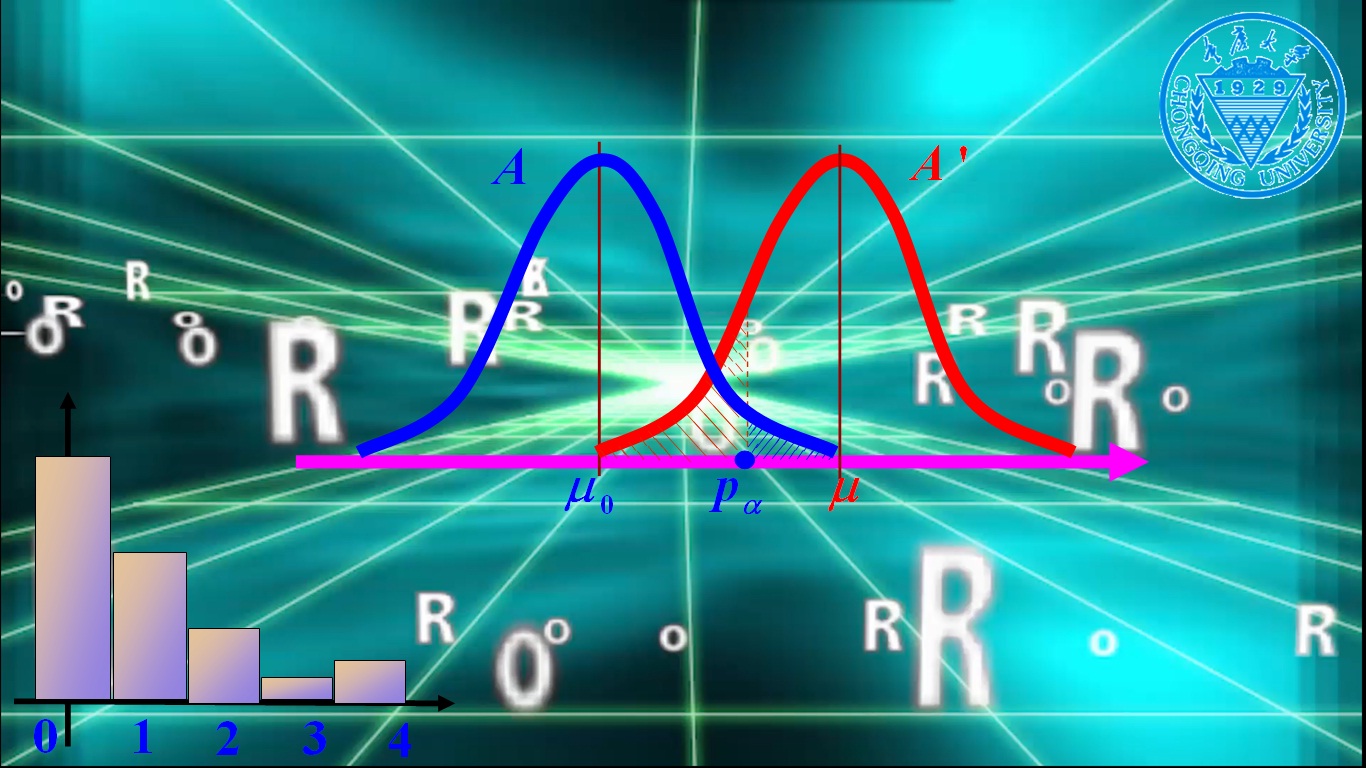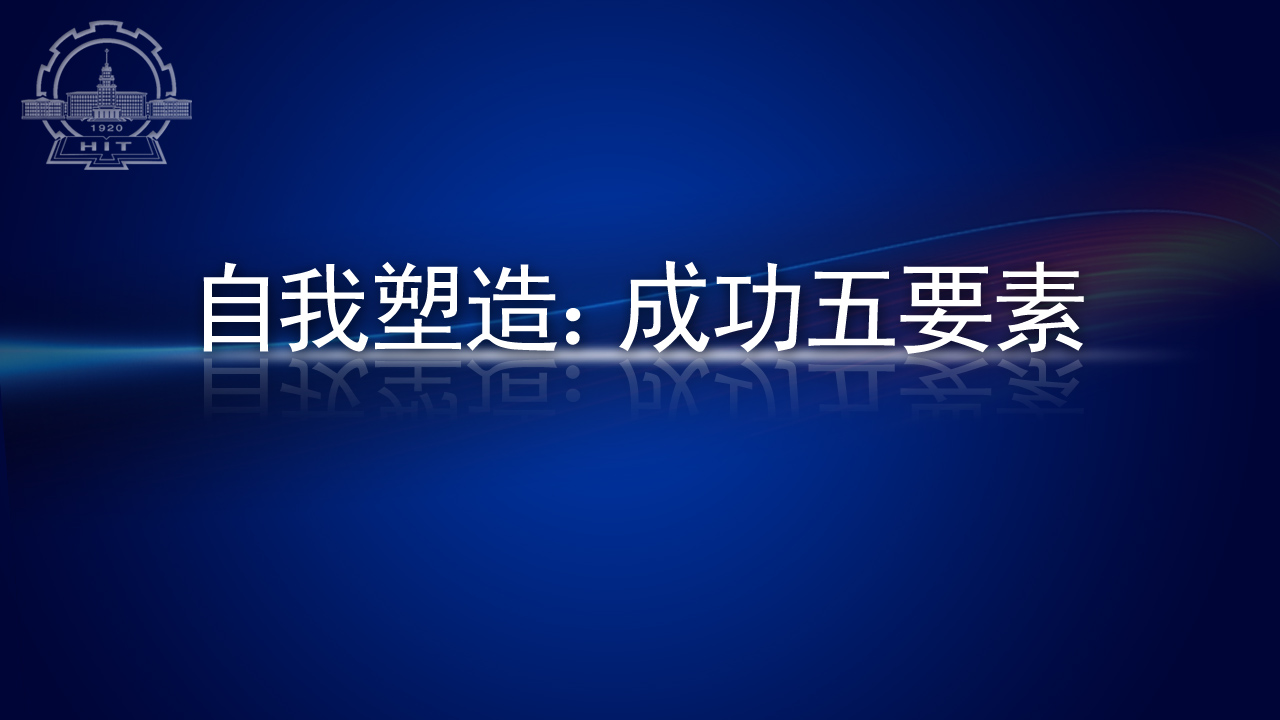
当前课程知识点:Traditional Chinese Medicine > Chapter 7 Syndrome Differentiation and Therapeutic Principles and Methods > Section 1 Syndrome Differentiation > Syndrome Differentiation
返回《Traditional Chinese Medicine》慕课在线视频课程列表
返回《Traditional Chinese Medicine》慕课在线视频列表
Hello everyone
Previously we have talked about the two most often using
diagnostic methods—tongue observing and pulse taking
Based on the information collected from the diagnosis
the doctor usually moves to the next procedure
syndrome differentiation
For today’s class we’ll start a new chapter chapter 7
Syndrome Differentiation and Therapeutic Principles and Methods
Let’s start from section 1 syndrome differentiation
As previously we have talked about
TCM always holds that human body is an organic whole
Therefore TCM pays more attention on “sick people”
not only the disease itself
TCM focuses on different physiological patterns
and pathological reactions
This is one of the characteristics of TCM
which is called syndrome differentiation
Differentiation of syndromes in TCM is based on the holistic concept
guided by yin-yang and five-element theories
It is a method to analyze and recognize the syndrome of disease
In other words
it is also a process in which the location
nature
occurrence and development of a disease
as well as the condition of healthy qi and pathogenic factors
are identified according to the clinical data
obtained from the four diagnostic methods
Then finally make a diagnosis
Eight-principle Syndrome differentiation is an essential paradigm in TCM
The eight principles are divided into four pairs
yin and yang
cold and heat
deficiency and excess
interior and exterior
It is to summarize the symptoms and signs
collected through the four diagnostic methods
It aims to tell the disease location
pathogenic natures
the struggling between healthy qi and pathogenic factors
The complicated clinical manifestations of diseases
can be classified under the eight principles
The first syndrome differentiation is
exterior-interior
Exterior-interior syndrome differentiation
aims to tell about the disease location and tendency
For the exterior syndrome
it is usually caused by external pathogenic factors
affecting the skin
muscles and meridians with acute onset
If our body is invaded by external pathogenic factors
for example wind-cold
our healthy qi inside our body would fight with the wind-cold factors
This may induce symptoms like
fever aversion to cold
headache and body pain
The tongue should be light red with thin white coating
and the pulse should be floating and tight
As doctors we usually determine the syndrome
for patient by analyzing the patient’s symptoms
signs
the tongue and pulse conditions etc
Interior syndrome refers to
any pathological changes of the zang-fu organs
qi and blood inside the body
For the interior syndrome
it is usually due to an internal disorder or emotional causes
The internal disorder may
caused by external pathogenic factors
For example
external wind cold may
penetrate into lung
causing acute onset of
exterior condition accompanied by cough with fever or chills
Otherwise if left untreated
patients
presented with chronic cough with phlegm
which is regarded as an interior condition
Symptoms and signs
vary depending on the zang-fu organs affected
disease location and strength
between healthy qi and pathogenic factors
For example
the patient with the internal heat excess syndrome
may have the symptoms
such as high fever
aversion to heat
thirst with strong desire to drink cold water
red tongue with yellow coating
And the pulse may be rapid and powerful
All these symptoms
are induced by the excessive heat inside the body
Cold and heat
are two principles used to differentiate
the nature of diseases
Cold and heat nature of diseases
are reflection of the deficiency
or excess conditions of yin and yang in the body
Yin excess or yang deficiency lead to cold syndrome
while yang excess or yin deficiency leads to heat syndrome
The cold syndromes include deficient cold and excessive cold
Let’s take deficient cold syndrome as an example
Such kind of patient may have the symptoms
such as aversion to cold
or chills cold limbs
pale or light-colored complexion
clear and profuse urine
loose stool light colored tongue with whitish coating
The pulse should be slow or tense
Heat syndrome refers to the condition caused
by yang excess or yin deficiency
Therefore heat syndrome is divided into excessive and deficient heat
The clinical manifestations depend on
whether the condition is excess or deficiency
Let’s take excessive heat syndrome as an example
such kind of patient may have the symptoms
like fever aversion to heat
flushed complexion or cheeks
restless and insomnia
scanty and brownish urine
constipation
red tongue with yellow dry coating as well as
rapid pulse
Deficiency and excess
conditions describe the struggle
between the healthy qi and pathogenic factors
Deficiency here refers to deficiency of healthy qi
The treatment principle for a deficiency syndrome
is to tonify the healthy qi
Clinically the deficiency syndromes are divided into qi
blood yin and yang deficiency
If qi is deficient inside the body
that means the energy is lower than normal
The qi deficiency patient may have the symptoms
such as low voice
dizziness
spontaneous sweating
pale complexion
pale tongue and weak pulse
If blood is deficient
inside the body that means the ability
to nourish the whole body is deficient
The blood deficiency patient may have the symptoms
such as pale complexion
pale lips
pale nails
dizziness
palpitation
pale tongue and thready and forceless pulse
Yang deficiency is similar to qi deficiency
but specifically refers to the decreased yang function of warmth
Therefore the symptoms of yang deficiency are as follows
aversion to cold
cold limbs
pale complexion
spontaneous sweating
clear urine
pale tongue with white coating
and weak and forceless pulse
Yin deficiency refers to all the substances including essence
blood and body fluid
are decreased
The following symptoms may be seen
tidal fever
night sweat
hot sensation in palm and sole
red tongue with scanty coating and thready and rapid pulse
Excess syndrome is usually caused by pathogenic factors
and at the same time the healthy qi is strong enough
to fight with the pathogenic factors
The treatment principle for an excess syndrome
is to remove the pathogenic factors
For the excess patient
the struggling between healthy qi and pathogenic factors is severe
Therefore
such kind of patient may exhibit the symptoms
such as fever
loud voice
distention in the chest and hypochondrium
constipation
thick and greasy coating
The pulse may be excessive and powerful
Yin and yang are key guideline in differentiation of syndromes
and are also fundamental principles
of eight-principle differentiation
They are the summary of the other six categories
Exterior
excess and heat
belong to yang
while interior
deficiency and cold belong to yin
For this session
we have talked about the comprehensive diagnostic system
of Chinese medicine
By analyzing information collected from the four examinations
we can achieve the diagnosis of disease
and differentiation of syndrome
As a whole conditions of differentiating
syndromes are complex
what has been discussed in this unit is only those common
typical differentiating syndromes
they should be applied flexibly
so as to decide the therapeutic principle
on the basis of correct differentiation syndromes
OK That’s all for today
I’ll see you in next class
-Section 1 General Introduction
--General Introduction
-Section 2 Basic Characteristics of TCM
--Basic Characteristics of TCM
--Basic Characteristics of TCM
-Section 1 Unity of Qi
--Unity of Qi
-Section 2 Yin-Yang Theory
--Yin-Yang Theory
-Section 3 Five-Element Theory
--Five-Element Theory
-Section 1 Overview of Visceral Manifestation
--Overview of Visceral Manifestation
--Overview of Visceral Manifestation
-Section 2 Five Zang Organs
--Five Zang Organs
-Essence, Qi, Blood and Body Fluid
--Essence, Qi, Blood and Body Fluid
--Essence, Qi, Blood and Body Fluid
-Section 1 Etiology of TCM
--Etiology of TCM
-Section 2 Pathogenesis of TCM
--Pathogenesis of TCM
-Section 1 Inspection of Tongue
--Inspection of Tongue
-Section 2 Pulse Taking
--Pulse Taking
-Section 1 Syndrome Differentiation
--Syndrome Differentiation
-Section 2 Therapeutic Principles and Methods
--Therapeutic Principles and Methods
--Therapeutic Principles and Methods
-section 1 four natures and five flavors
--four natures and five flavors
--dicussion of four natures and five flavors
-section 2 four directing actions of chinese medicinal herbs
--four directing actions of chinese medicinal herbs
--discussion works
-section 3 compatibilities of chinese medicinal herbs
--compatibilities of chinese medicinal herbs
--discussion works
-section4 diaphretics
--works
-section5 Interior Warming Chinese Medicinal Herbs
--Interior Warming Chinese Medicinal Herbs
--works
-section6 restorative Chinese Medicinal Herbs
--Restorative Chinese Medicinal Herbs
--works
-section 1 general intorduction of prescription
--general intorduction of prescription
--discussion works
-section 2 Prescriptions for Relieving Exterior Syndromes
--Prescriptions for Relieving Exterior Syndromes
--works
-section 3 prescription for Warming the Interior
--prescription for Warming the Interior
--discussion works
-section4 tonic prescription--Prescriptions for invigorating qi
--tonic prescription---Prescriptions for invigorating qi
--discussion works
-section5 tonic prescription--prescriptions for nourishing blood and nourishing yin
--prescriptions for nourishing blood and nourishing yin
--discussion works
-section6 peptic prescription
--discussion works
-Section 1 Cold
--Cold
--Cold
-Section 2 Headache
--Headache
--Headache
-Section 3 Stomachache
--Stomachache
-Section 4 Insomnia
--Insomnia
--Insomnia





